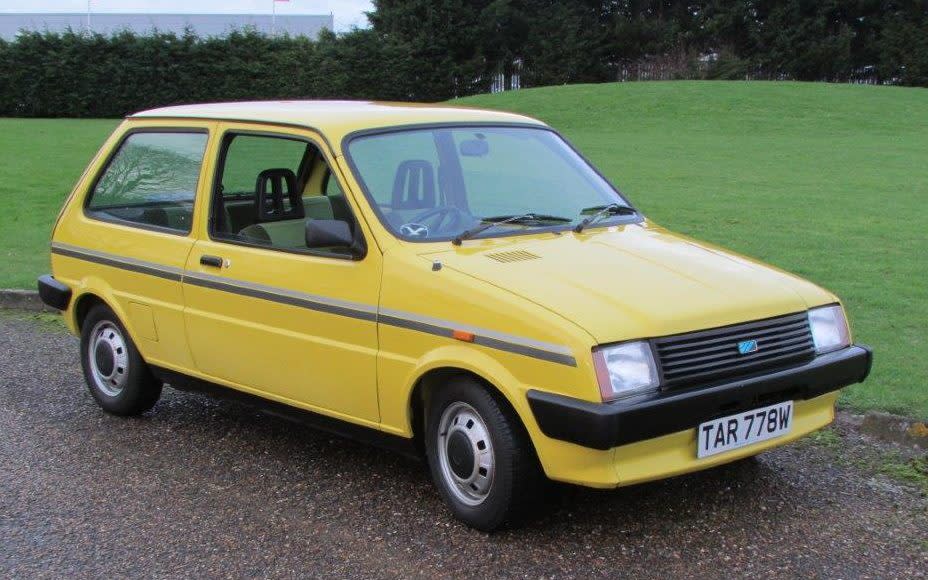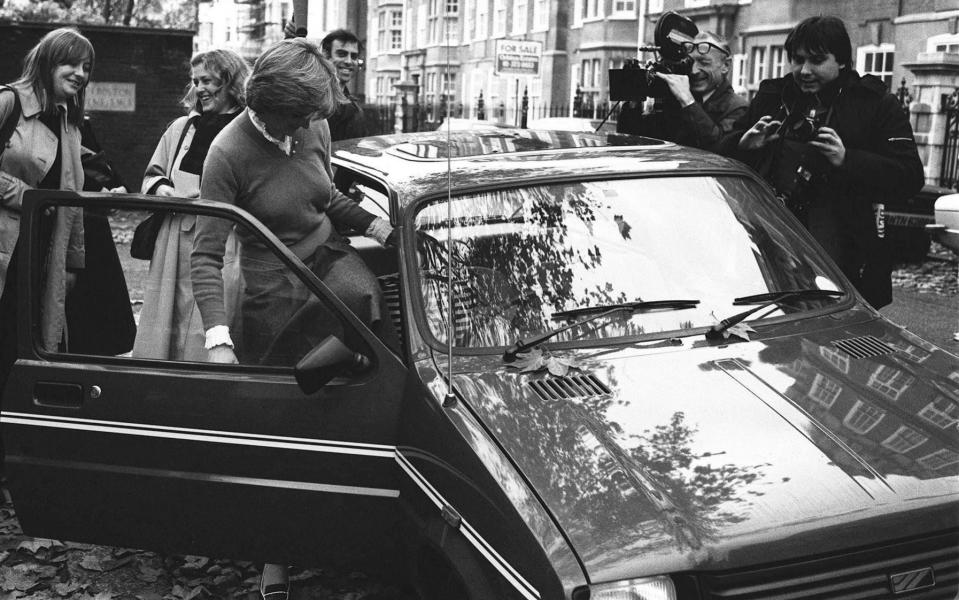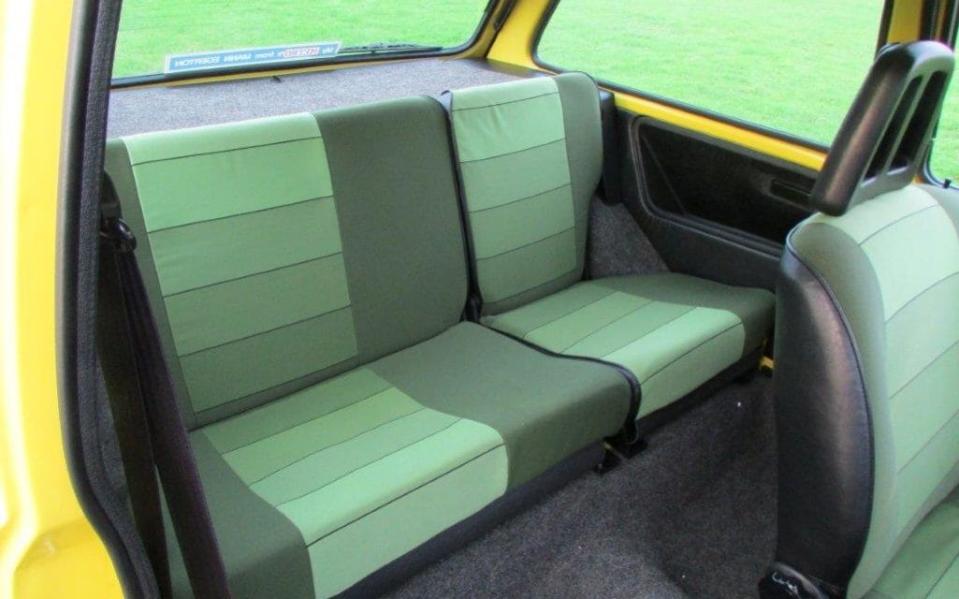Britain’s mini marvel: the Austin Metro at 40

History hasn’t been particularly kind to the Austin Metro, although this was the most critical British Leyland product of its era. Not least, it provided the transport for Margaret Thatcher to the 1980 International Motor Show in Brimingham, where it proved both a stellar attraction and the harbinger of a happier future for Leyland.
The name Metro was chosen from a ballot of the factory workers, and the early versions bore the ‘Mini’ prefix; partially through an agreement with Metro-Cammell but also to evoke an association with the classic Alec Issigonis design.
Management informed the Launch Planning and Special Events team of the Austin-Morris division that the Metro was to be its direct replacement. In reality, the 1959 vehicle that virtually redefined mass-motoring would be sold until 2000 – alongside the car it was supposed to replace.
BL let it be known that the development costs of its new hatchback amounted to £275 million and that it would be a “British Car To Beat The World”. As Dominic Sandbrook wrote in Who Dares Wins: Britain, 1979-1982, the failure of the Metro meant “disaster not only for 145,000 British Leyland employees, but tens of thousands whose jobs in engineering, components, steel and rail depended on the car industry”.

Work on Project ADO88 commenced in November 1974. Opinions of its utilitarian styling proved so negative that David Bache and his team had to refine the appearance of the future Metro just two years before its debut. In September 1980 dealers were invited aboard MS Vistafjord for the unveiling ceremony while, with hilarious overtones of Dad’s Army, a television campaign portrayed the latest Austin confronting various overseas rivals.
The Metro featured modified versions of the familiar A-series engines used in Austin/Morris models since the Fifties, now badged A-Plus, while the trim levels consisted of Standard, L, HLE, S and the HLS with its “Velour rear quarter casings”.
At the car’s official launch on Wednesday 8 October 1980, the likes of Evan Ashton’s Metro S represented the pinnacle of suburban achievement, your £3,995 buying you a tachometer, servo-assisted brakes and tinted glass.

Ashton notes that despite the ‘go-faster’ stripes on TAR 778W it has the same 63bhp engine as the flagship Metro but it still looked rather more up-the-minute than the likes of the Fiat 127. His Snapdragon Yellow S also made the latest Morris Ital look as though it had recently emerged from the Ark.
Autocar complained of the gear whine but regarded the Metro as “very good indeed”. Car of April 1981 thought the HLS version superior to the Ford Fiesta S and the Renault 5TS and that it took “a very big step towards the widening the acceptability of the small car”. The writer also noted, with shades of Les Dawson, improvements to a transmission that once resembled “a mother-in-law complaining from the depths of a cabin trunk consigned to Outer Mongolia”.
Somewhat inevitably, British Leyland seemed to do its best to undermine the Metro’s potential with supply problems and industrial disputes – but there was a brief period when it was fashionable transport. One reason was the red Metrol L, registration MPB 909W, driven by a certain Lady Diana Spencer.

By the time the range was facelifted in 1984, the Metro was the nation’s best-selling car, and the millionth example left the factory at Longbridge, on the southern periphery of Birmingham, in 1986.
May 1990 saw the introduction of the extensively modified Rover Metro so unfairly disdained by Alan Partridge with, not before time, modern K-series engines and a five-speed gearbox. It was, in turn, succeeded by the Rover 100 in 1994 which remained in production for another four years.

Today, early models such as Ashton’s are now reminders of a time when an asymmetrical split rear seat was a major sales feature.
Ashton’s interest in the Metro commenced “when I was four or five years old” thanks to his mother’s L in Nautilus Blue. He came by his example at Anglia Car Auctions in 2015: “It was registered in March 1981 and had only covered around 13,000 miles.” A further attraction was that the Metro retained its green ‘deckchair-style’ seats.

As for the most enjoyable aspects of ownership, they include “the driving experience, handling and the noise it makes from the gearbox-in-sump arrangement” – the same as that of the Issogonis Mini.
Ashton also regards the Metro as “underrated” – and for a brief period before the arrivals of the Fiat Uno and the Peugeot 205, it really did seem to be a BL product to beat the world.
Thanks to: Evan Ashton; Anglia Car Auctions
For tips and advice, visit our Advice section, or sign up to our newsletter here
To talk all things motoring with the Telegraph Cars team join the Telegraph Motoring Club Facebook group here

 Yahoo News
Yahoo News 
